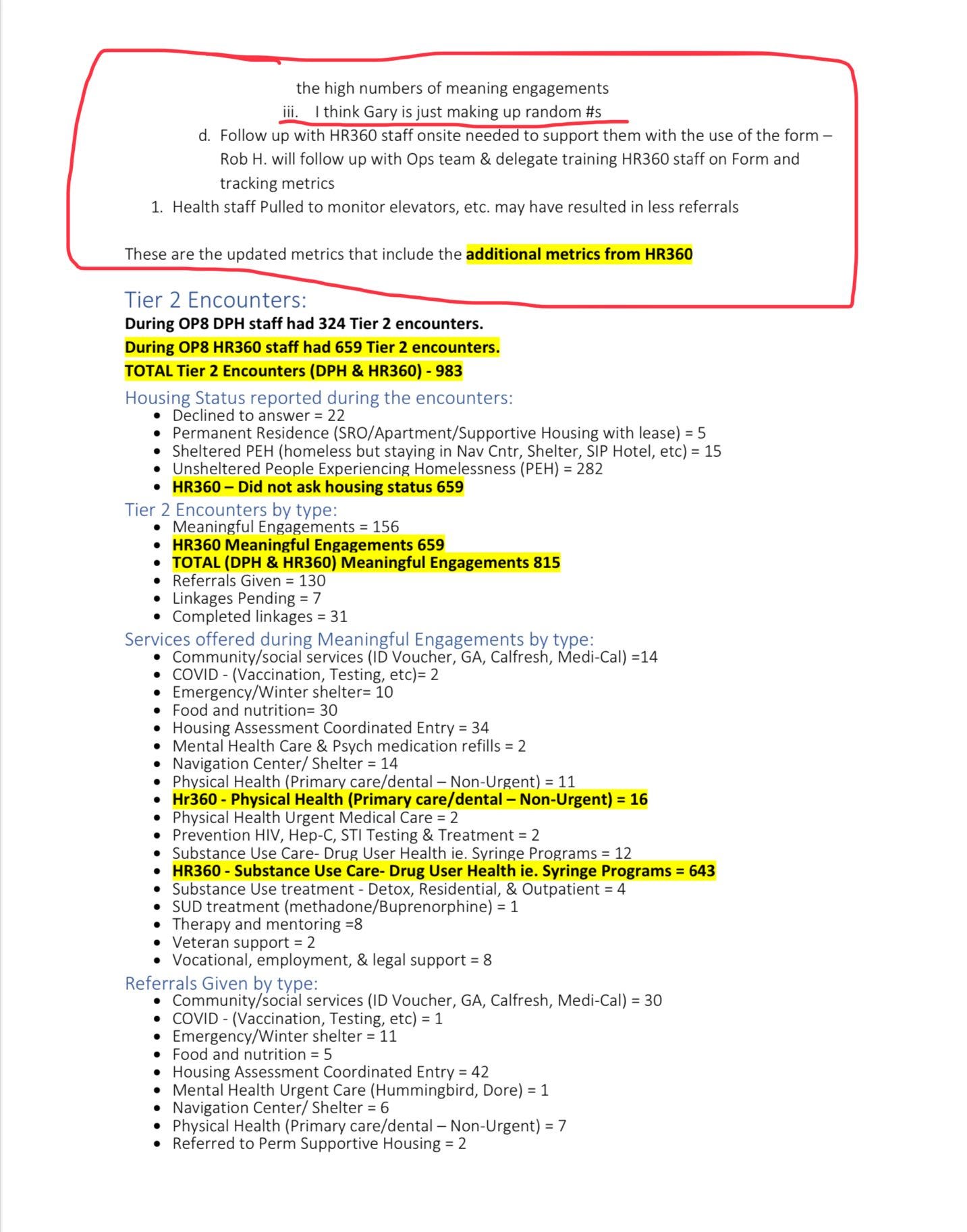San Francisco Supervised Drug Use Site Operator Fabricated Data And Then City Officials Lied About It – OpEd
By Michael Shellenberger and Leighton Woodhouse
The operator of San Francisco’s supervised drug use site fabricated the number of people who the site allegedly served, according to a San Francisco Department of Public Health executive, whose emails were released as part of California’s Public Records Act.
“I think Gary is just making up random #s,” wrote Dr. Rob Hoffman, Special Project Manager with the San Francisco Department of Health, in a February 8 email to other city employees including ones with the Department of Emergency Management and city homeless service agencies.
Gina McDonald, co-founder of Mothers Against Drug Deaths, filed the public records request, and was the first to report that of the 23,367 drug users who have visited the Tenderloin Linkage Center, just 18 have received drug treatment.
The Gary in question is Gary McCoy, an employee of city contractor HealthRight360, which is one of the private sector operators of the Tenderloin Linkage Center, which San Francisco Mayor London Breed created last December as part of her proposed crackdown on the open drug market in United Nations Plaza in downtown San Francisco.

The numbers in question were for so-called “meaningful engagements” between city contractors and drug users, many of whom are homeless. Emails between city officials and Linkage Center operators show a struggle over how to measure whether or not the effort is working.
A section of the same email says Hoffman had “concerns about the hr360 metrics. I think they are reporting interactions as meaningful engagements… I observed the HR360 staff and did not see anything that can account for the high numbers of meaning engagements… I think Gary is just making up random #s.”
On February 15, an executive with the Department of Emergency Management, Kay Vasilyeva, wrote, “Adrienne had some concerns about the FEST [Felton Institute Street Team] metrics… Only 229 total encounters but over 200 for both health referrals and linkage center referrals? This must mean there is double counting, which is problematic.”
On February 23, another Department of Public Health employee, Dr. Matthew Goldman, wrote an email to colleagues saying, “After the second & third week there were concerns with HR360’s data, but Gary from HR360 insisted it was valid.”
In response to a request from a reporter with the San Francisco Standard news organization, the Director of Communications with the Department of Public Health, Alison Hawkes, misrepresented what had occurred.
In a separate email later the same day, Hawkes re-wrote a public statement written by Goldman. “Part-way through the most recent reporting period (OP10),” wrote Goldman in his draft, “the TLC metrics team discovered that one of the CBOs was inaccurately recording data on engagements.”
Hawkes re-wrote the statement to read, Part-way through the most recent reporting period (OP10) the TLC metrics team discovered that one of the providers at the site was defining engagements in a way inconsistent with other teams on the site.”
Six minutes later, Hillary Kunins replied to Hawkes saying, “thx Alison! made a few additional edits. I don’t think we should use the terms, ‘incorrect’ or ‘mistake,’ and don’t think we should refer to the ‘privacy area,’ as that has been an internal term, and not (as far as I know) a publicly used description. see below. I do think we need to define meaningful engagement – I don’t have that.”
The emails offer a glimpse into the shared culture of the Department of Public Health and its contractors. One senior Department executive, Deborah Borne, wrote in an email to an employee with the Department of Emergency Management, “I would love to do a real tarot reading for the new year for you!”






